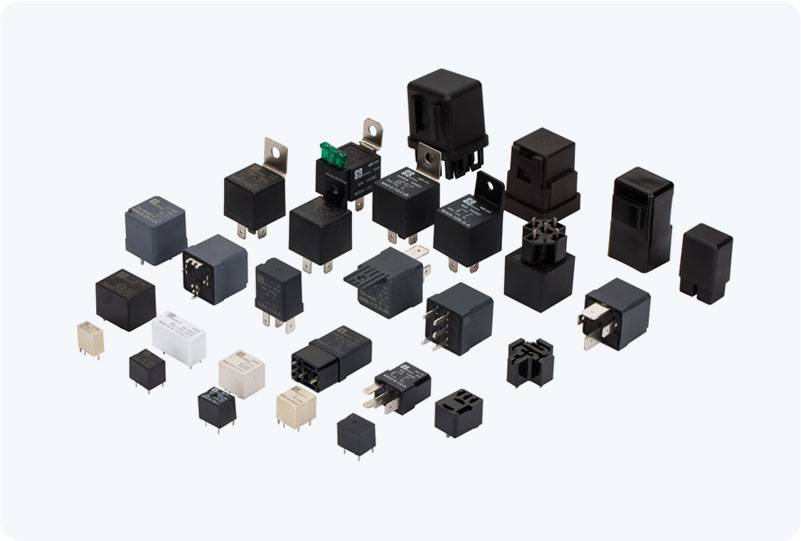understanding precharge relay: importance and function in power systems
Release time:2025-07-04 07:22:48
A precharge relay plays a crucial role in modern electrical systems, especially in high-voltage applications such as electric vehicles (EVs), renewable energy systems like solar inverters, and large power electronics circuits. In these applications, managing the inrush current when powering up circuits or devices is vital to prevent damage and ensure smooth operation. This article explores the purpose, operation, and significance of precharge relays in power systems.

What is a Precharge Relay?
A precharge relay is an electronic switch or relay that is designed to limit the inrush current when charging high-capacity capacitors or other electrical components in power systems. It is primarily used in systems where large capacitors, such as those in inverters, converters, and battery management systems, need to be charged at a controlled rate before connecting to the main power source. The precharge relay ensures that the capacitors are charged gradually, avoiding a sudden surge of current that could damage sensitive components or lead to inefficient operation.

